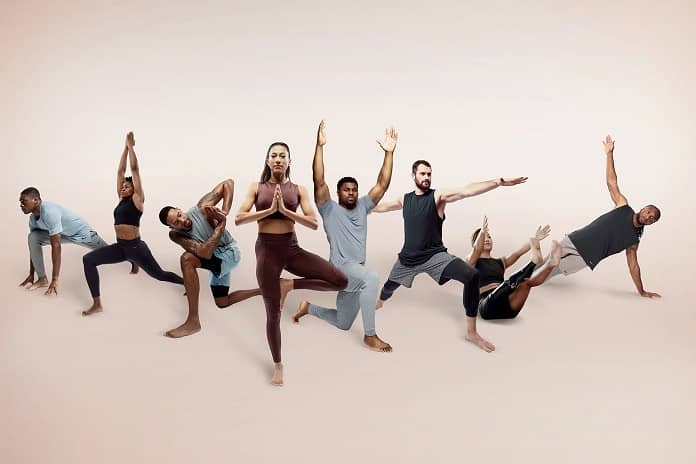Yoga is beneficial for better sleep. Practicing yoga in the bedtime routine can be helpful for your body and mind for a restful night’s sleep.
Here are the several benefits that contribute to better sleep:
Relaxation:
Tons of yoga can be practised daily to relax your body and mind. However, specific yoga poses are designed to relax the body and mind. Practising deep breaths, gentle stretches and meditation techniques helps to reduce physical tension and mental stress.
Physical Comfort:
There are some yoga poses that target the main areas of the body that commonly hold tension, such as the neck, shoulders, and lower back. By stretching and releasing tight muscles, yoga promotes physical comfort and relaxation and helps in a better sleep position.
Breathing:
Yoga also helps in breathing, some breathing techniques, such as deep diaphragmatic breathing and alternate nostril breathing, can help regulate the autonomic nervous system and induce a state of relaxation. Focusing on the deep breath can quiet the mind and promote deep sleep.
Blood Circulation:
Practising yoga can help improve blood circulation and promote better oxygenation of tissues throughout the body.
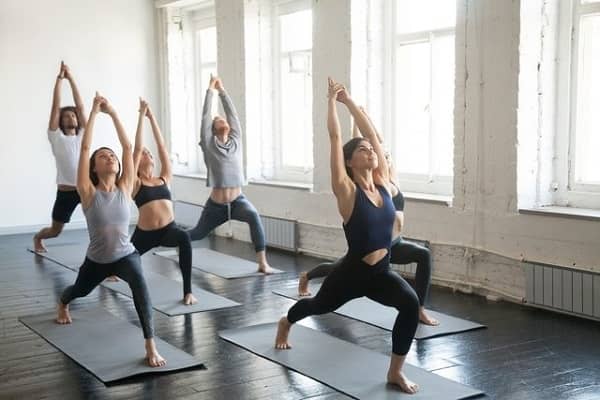
The connection between Mind & Body:
However, we all know that yoga helps to connect the body, mind and breath. When you have a peaceful mind you can automatically connect between deep sleep.
Stimulates Parasympathetic Nervous System:
Yoga practice helps the parasympathetic nervous system of rest and digestion. the sympathetic nervous system (responsible for the body’s “fight or flight” response), yoga promotes relaxation, digestion, and sleep.
Yoga position for better sleep
Child’s pose (balasana)
Child’s pose (balasana) is one of the most effective exercises for better sleep. It also stretches your lower back and hips.
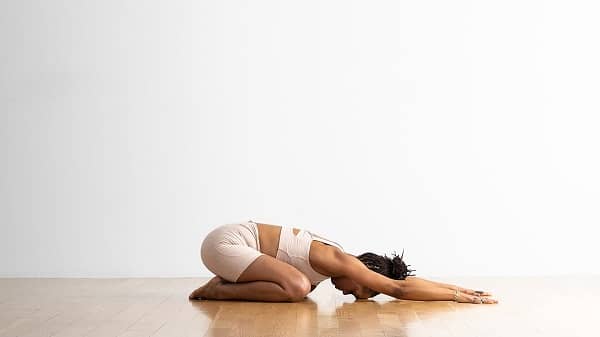
Butterfly pose (baddha konasana)
This is another pose that we can practice to aid in relaxation and is excellent for stretching out tight hips and inner thighs.
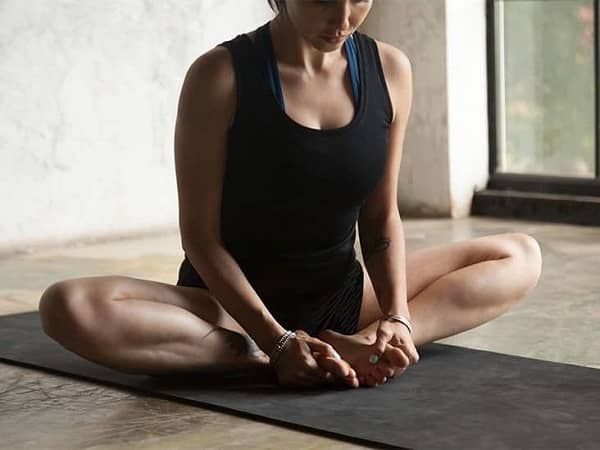
Legs up the wall (viparita karani)
viparita karani helps to bring the blood back to the heart, which helps in promoting relaxation and refreshing blood circulation.
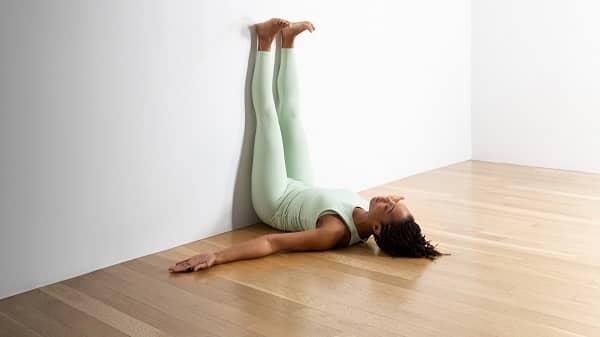
Cat-cow pose (marjaiasana-bitilasana)
The cat-cow pose is another helpful pose of yoga that helps in better sleep, spinal flexibility, and abdominal activation.
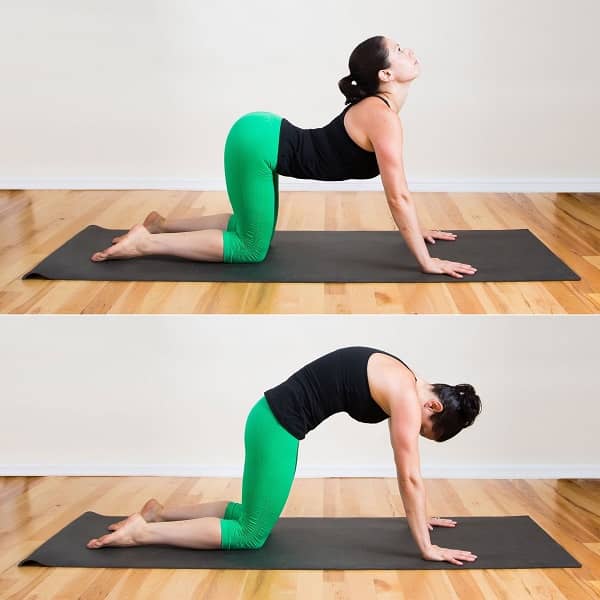
Happy baby pose (ananda balasana)
The Happy Baby Pose also known as ananda balasana pose helps in better sleep and gives a mental wind-down before bed.
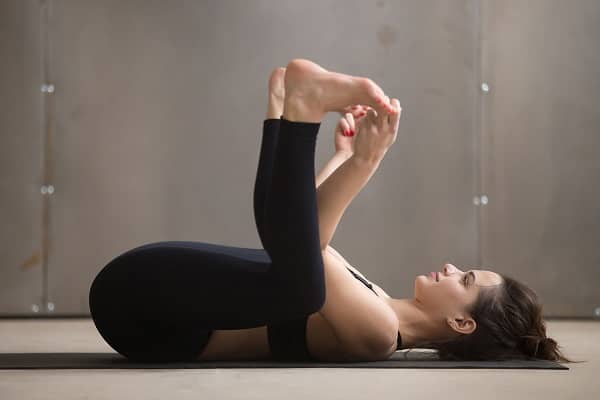
Some of the useful tips for yoga practising
However, here are some of the useful tips that might help you for practising yoga.
1. Place:
Find a comfortable space for practising yoga which can be helpful during yoga sessions. With a comfortable space, get a yoga mat or a clear surface area which can be helpful.
2. Start Slowly:
If you are a beginner to yoga then start with beginner-friendly poses. First, before trying a new yoga session you must listen to your body and by practising regularly you can become more comfortable.
3. Breathing:
Yoga is all about a deep breath of inhaling and excelling. When you do yoga pay more attention to your breath throughout the yoga practising session, using deep breaths helps you calm your mind and connect with your body.
4. Body Warm-Up:
As we all know, before trying a new exercise, or yoga body warm-up is the most important. So gently warm up your body with intense stretches and poses. To prevent injuries and allow your muscles to loosen up.
5. Alignments:
While doing yoga you must pay more attention to alignment to avoid injury and to get the benefits from each pose.
6. Listen to your body:
Avoid pushing yourself too hard and always listen to your body. If you try discomfort poses then you may feel uncomfortable or pain, back off or modify it as needed.
7. Stay Hydrated:
Hydration is the most important, so hydrate your body before and after practice. But avoid drinking too much water during and before the practice, it can be uncomfortable to have a full stomach while moving through poses.
8. Consistent:
As we all know consistency is the key to success, so keep practising yoga to get the full benefits of it. While practising yoga aim daily for 10-15 minutes a day. Once you get to the consistency process you will notice improvements in your strength, flexibility, and overall well-being.
FAQs
Which is the most helpful yoga for sleep?
Some of the yoga that helps with sleep are, Child’s pose (balasana), Butterfly pose (baddha konasana), Legs up the wall (viparita karani), Cat-cow pose (marjaiasana-bitilasana), Happy baby pose (ananda balasana)
How does Yoga connect between body and mind?
Yoga connects between body and mind, Yoga knots the body and mind through breath, movement, and mindfulness. When you practice yoga it can release you and make you feel free from physical and mental tension, reduces stress and also helps to correct the body posture.
When to practice yoga for better sleep?
You can practice yoga for better sleep in the evening an hour or two hours before bedtime. This hour can allow your body and mind to unwind and relax preparing for a restful night’s sleep.
How can yoga help in the sleep quality?
Yoga helps in sleep quality by reducing stress, calming the nervous system and promoting relaxation. Some of the poses work to release tension from the body, Quiet the mind regulates breathing and falls asleep faster.
Also, read more about The Connection Between Sleep and Skin Health: Tips for Beauty Sleep”
